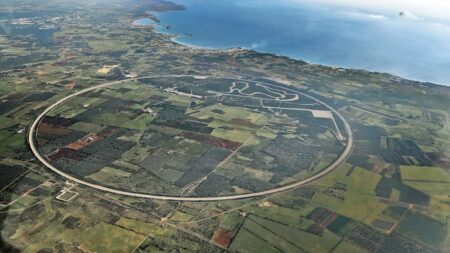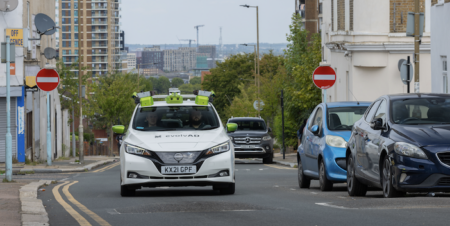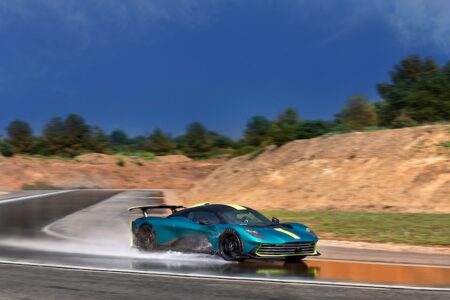Warwickshire, UK-based automotive design specialist, DEE-Ltd, has successfully reduced the turning circle of a new-generation FWD taxi to within the strict limits required to comply with Transport for London’s Condition of Fitness (CoF) for licensed taxis. DEE-Ltd’s innovative solution will now be carried forward as a converter modification when Nissan’s NV200 London taxi variant goes on sale later this year.
The turning circle requirement was established in 1906 to ensure that all London cabs could negotiate the Savoy Hotel’s roundabout in a single maneuver. The long-established LTI ‘Black Cab’ achieves the strict turning circle criteria by employing high-angle front wheel steering combined with rear-wheel drive. Recent additions to the marketplace have incorporated electronically controlled rear-wheel steer.
Nissan’s new product will be the first vehicle to achieve the 7.62m (25ft) turning circle requirement with a FWD vehicle and front wheel steering alone.
To achieve this performance and reduce the base vehicle’s original turning circle of 10.6m, DEE-Ltd has incorporated a number of modifications to the base platform installed as part of the conversion process. To enable the front wheels to achieve the high steering angles and provide clearance to the body structure the front track has been increased by 150mm.
The innovative new suspension system replaces the existing MacPherson strut configuration with a new, high-angle, double-knuckle design as a direct bolt-on upgrade. Drive to the front wheels is achieved via a new double cardan joint developed to deliver maximum torque at the extreme angles of articulation. Importantly, DEE claims it has been able to retain all the base vehicle’s ride and handling characteristics and all major components including disc calipers, wheel and tires have been carried over.
DEE-Ltd managing director, Neil McAdam said, “The constraints on maneuverability and turning angles with front-wheel-drive vehicles are well known and meeting the very strict requirements for operating in London demanded a radical approach. We have worked very closely with our colleagues at Nissan to produce a viable, production-ready package that fulfills all the operating criteria, cost-effectively.”




